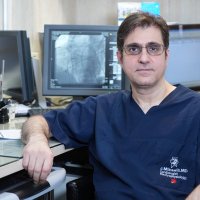
javad mikaeili
@javadm20
M.D., Cardiac electrophysiologist at Day General Hospital,husband,father
ID: 1933678039
04-10-2013 09:05:51
9,9K Tweet
3,3K Followers
862 Following
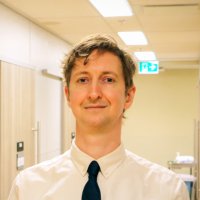
Our recent paper examining arrhythmia recurrence and burden over 3 years of continuous monitoring is now available in JACC Journals Clinical EP. This paper shows several important messages that are relevant to clinicians and patients. a short 🧵 authors.elsevier.com/a/1ji%7EW,siTg…





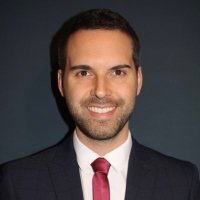
⚡️🫀 Suture-based (🪢) versus manual compression (💪🏻) for femoral haemostasis after electrophysiology procedures Our new article in Journal of Cardiovascular Electrophysiology ❗️Figure-of-8 suture with 3-way stopcock associates with ⬇️ 🩸🩸 Prof Dhiraj Gupta Dr Vishal Luther #EPeeps tinyurl.com/2m6nn2wz

Talk about a protected VT isthmus! ✋🛑 Masterclass in scar physiology on display in this pace-map induction w/ variable exit/S-QRS. Cherry on top: One beat advance + reset 🍒😎🔥 Non-inducible from RV and LV PES #AblateVT #Epeeps #Epfellows Smidt Heart Institute at Cedars-Sinai #CedarsSinaiEP

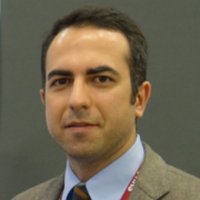
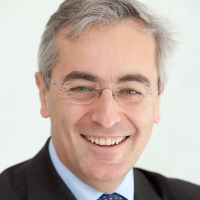
#Europace #Epeeps 👉Cardioneuroablation for reflex syncope🛌 and functional bradyarrhythmias🫀: Statement of #EHRA Heart Rhythm Society APHRS Official LAHRS 📚🔗doi.org/10.1093/europa… Giulio Conte Francesco Santoro, MD, PhD Marco Vitolo Ⓜ️ Xiaodong Zhang (Andy), MD, PhD, FHRS, FACC Dominik Linz Boriani Giuseppe
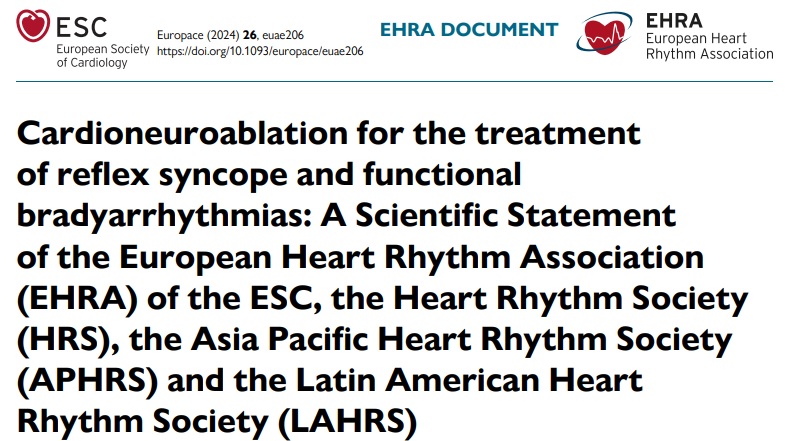
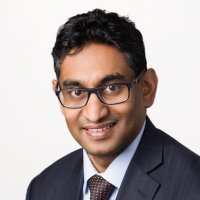
javad mikaeili Kevin Brady CarinaHardyEP Wayne Nazem Akoum Jordan Prutkin Fima Macheret, MD, MS Babak Nazer Andreas Müssigbrodt Jeffrey M Vinocur Dr. José Ángel Cabrera Lot of this is in the literature: doi: 10.1161/CIRCEP.120.009552 doi: 10.1111/jce.15387 There is a definite and significant learning curve


Great memories with great friends . Petr Neuzil is an incredible host and #Prague, Czech Republic is absolutely one of the most beautiful cities I have ever visited . Can’t thank the staff of Nemocnice Na Homolce for the warm hospitality they extended to us. A dream team led by

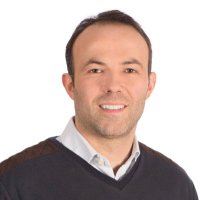
Antonio Frontera And this has been consistently demonstrated in atrial tachycardia. Extra stimulus from CSd revealing prolongation of complex fractionated signals corresponding to the critical site of atrial reentry! #Epeeps, #FunctionalPhenomena
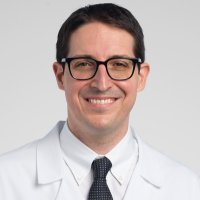
Vascular Access Complications Following Catheter Ablation of Ventricular Arrhythmias: Impact of Vascular Closure Devices HeartRhythm Cleveland Clinic Heart, Vascular & Thoracic Chadi Tabaja Oussama Wazni Ayman Hussein MD heartrhythmjournal.com/article/S1547-…





